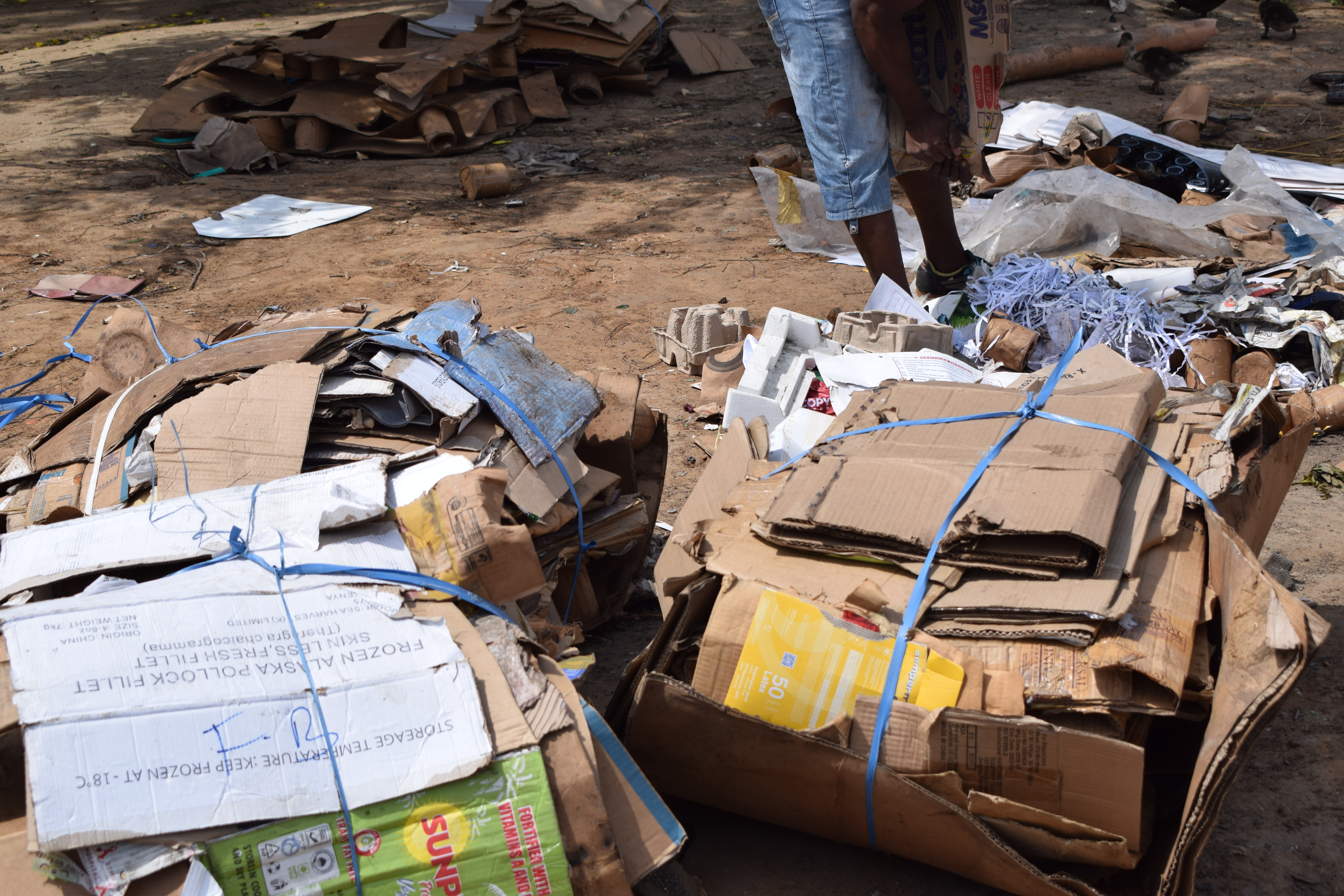BB3. Building scenarios for MSP
The Maritime Spatial Planning process plans towards a desired future and a common vision. The vision is usually an integration of various aspirations from different stakeholders and sectors that depend on the governance framework ruling them. A tool as scenarios’ development is of high importance, once it helps decision-makers visualize both the future that might unfold due to specific actions/policies and the actions/policies needed to make a certain future happen. For the region of Azores, MarSP adopted a scenario-building process based on a combination of two approaches: an exploratory (“what can be done?”) and a normative (“how a specific objective will be reached?”).
The methodology is structured in four main steps (Figure 1):
(i) setting MSP objectives based on policy review and following stakeholders’ inputs (BB2);
(ii) identifying key objectives after consultation with regional experts;
(iii) developing scenario storylines; and
(iv) balancing across scenarios based on feedback from stakeholders gathered through engagement actions (including, first, (i) a vote on the scenario and, second, (ii) a vote on the sentences that built the storyline of the scenarios).
Amongst the three proposed scenarios (one economic oriented, one environmental oriented and one social oriented), stakeholders voted for the environmental scenario. However, they selected more sentences from the economic scenario, suggesting that participants are ideologically willing to protect the environment but less willing to take the needed actions to make that scenario actually happen.
